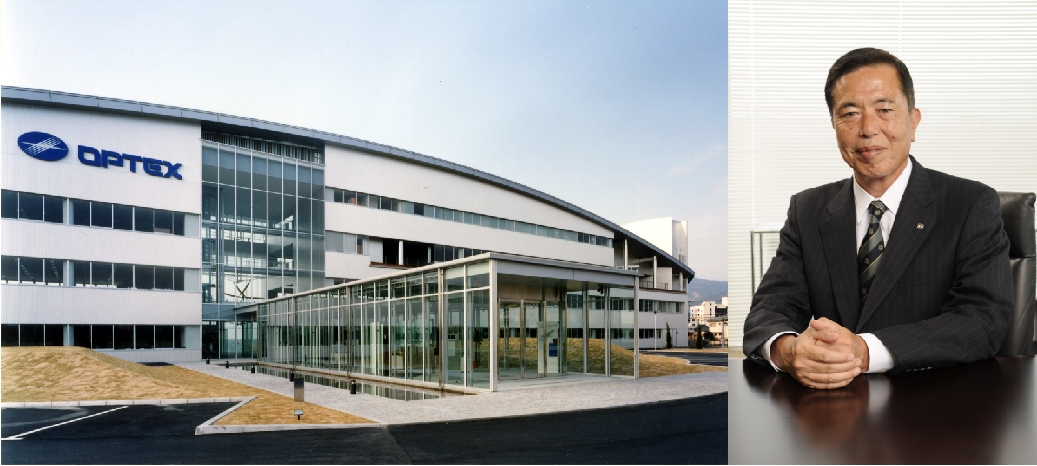
OPTEX celebrates 40th Anniversary

OPTEX, the leading sensor manufacturer, is celebrating its 40th anniversary in 2019 and has taken a look back at the changes in the industry and its impact on them.
Founded on 25th May 1979, the idea and principles of the company were first agreed in a coffee house in Kyoto, Japan, between Toru Kobayashi, an electronics engineer and three of his colleagues. They had a vision for a new business, a business that had sensing technology at its heart, precision technology that could detect the 'status' and 'changes' of people and things.
Soon after its creation, OPTEX recorded a number of significant milestones:
- In 1980, OPTEX developed the world’s first automatic door sensor using Far-Infrared technology, a technology now adopted as standard.
- In 1983, OPTEX developed one of the first, wireless outdoor security sensors – a significant innovation in its time.
On the security side of the business specifically, OPTEX’s sensing algorithm know-how, built up through many years of field-based technological development, is its most valuable asset, and central to the evolution of its Far-Infrared, Near-Infrared and Laser sensor technologies.
In 2000, OPTEX developed laser technology for security applications and brought the innovative LiDARs REDSCAN RLS-3060 to the market; IP-ready and featuring very precise detection using X&Y coordinates, the sensor opened new possibilities for many different security applications. Alongside this, OPTEX developed its PIR range starting with the curtain FTN series, the Super Multidimensional Analysis (SMDA) logic – sensing analytics to make the sensor very stable.
Toru Kamimura, CEO of OPTEX CO LTD in Japan says: “The company is proud of what it has achieved to date.”
The OPTEX Group now comprises 1,963 employees across 35 companies. delivering products and services worldwide and turns over approximately $366 million. “OPTEX never stands still. We are taking our knowledge and ‘know how’ to new levels, using machine-learning and artificial intelligence software to enhance its detection algorithms and introduce greater automation, and create the sensor detection technology for the next generation of security professional,” he says.
“Together with our technology partners we are developing more customised solutions to solve specific security or safety problems.”

